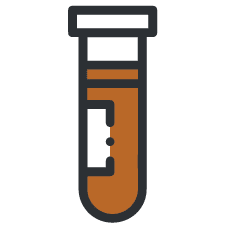The PAWSS Assessment Tool is revolutionizing how healthcare professionals manage alcohol withdrawal. By offering a reliable way to predict the severity of withdrawal symptoms, PAWSS enables timely and effective interventions.
Understanding how PAWSS works can enhance patient care and reduce complications associated with alcohol withdrawal. Its straightforward approach and proven accuracy make it an essential tool in clinical settings.











